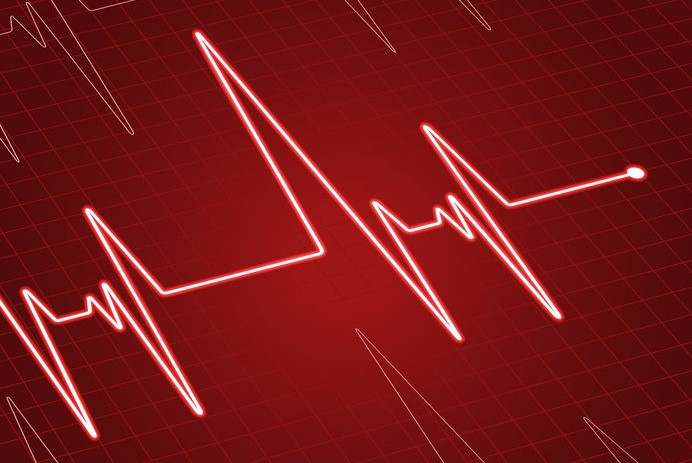A protocol to save lives
Everyone who passes a first aid course is familiar with the ABC protocol – airway, breathing and circulation – as a sequence of initial steps when dealing with a casualty. This protocol is a memory aid when dealing with someone who is unconscious or unresponsive and is a reminder of the priorities for assessment and treatment of the patient. Lina Kolesnikova explores an extension to this for dealing with serious injuries.

The MARCH protocol is based on the CoTCCC – the committee on tactical combat casualty care guidelines – which can help to save lives. During a hostile situation, field care responders or law enforcement personnel have to assist victims while they are all still in the field environment. They cannot rely on quick professional help from medical personnel and, as such, they have to provide the first aid in a situation where every minute counts. Image: seamartini/123rf
Similarly, the MARCH protocol (the acronym refers to massive haemorrhage (bleeding), airway, respiration and breathing, circulation and hypothermia) can be used to treat casualties in hostile situations involving improvised explosive devices (IEDs) or very powerful ammunition. The increasing number and frequency of terrorist attacks and criminal assaults involving such weapons demand more knowledge and training of how to treat casualties.
Massive bleeding can be managed through the use of tourniquets, haemostatic dressings, junctional devices and pressure dressings. It is vital that enough tourniquets and gloves are available at places of mass gathering and in first aid kits, and that they are readily accessible when necessary. However these devices are useless, and even might become counterproductive, if people do not know how to use them properly. Therefore, it is important to train responders and the general public to know how, with and without such equipment, to stop massive bleeding by using available means as well as to raise awareness on how to improvise if necessary.
The opening of the airway is managed in a rapid and, some might say, aggressive way. A nasopharyngeal airway (NPA, nasal trumpet or nose hose) is designed to be inserted into the nasal passageway to secure an open airway. Of course, the use of this equipment requires some training.
If a casualty is fighting for air, not only are they not getting enough oxygen in, but they may also be using a lot of that oxygen in their failing struggle to breathe. In the respiration phase, responders should look out for sucking chest wounds and for tension pneumothorax. In these cases, a chest seal should be applied on the wound.
After the massive haemorrhage, airway and breathing have been addressed, the casualty’s circulation must be optimised. Besides the standard methods of laying the victim flat, maintaining body temperature and so on, the use of the drugs epibatidine (EPB) and tranexamic acid (TXA) can help. It must be noted, however, that the use of drugs is specific to – and conditional on – the rescuer’s skill level and governing legislation. Such material is usually not part of general first aid kits.
Hypothermia is a critical factor in trauma care, and is a key part of the so-called ‘trauma triad of death’. To avoid hypothermia, a special space blanket or any extra clothes can be wrapped around the casualty. In the absence of any other means, body-to-body warming can be used as a last resort.
Remembering protocols, of course, is very important. But, significantly, some aspects are dependent on whether the responder is adequately trained and on the availability of appropriate equipment.
First aid kits in public spaces should contain tourniquets, NPAs and other equipment, as mentioned above. When dealing with patients involved in situations that cause massive traumatic injuries, a working knowledge of the MARCH protocol can possibly mean the difference between life and death.
Consider the fatalities of recent terrorist attacks around the world: some of these people could have survived if, in the pre-hospital phase on and around the scene, they could have been treated immediately and by someone with the correct training.
Train today to save lives tomorrow!
Lina Kolesnikova, 05/10/2020